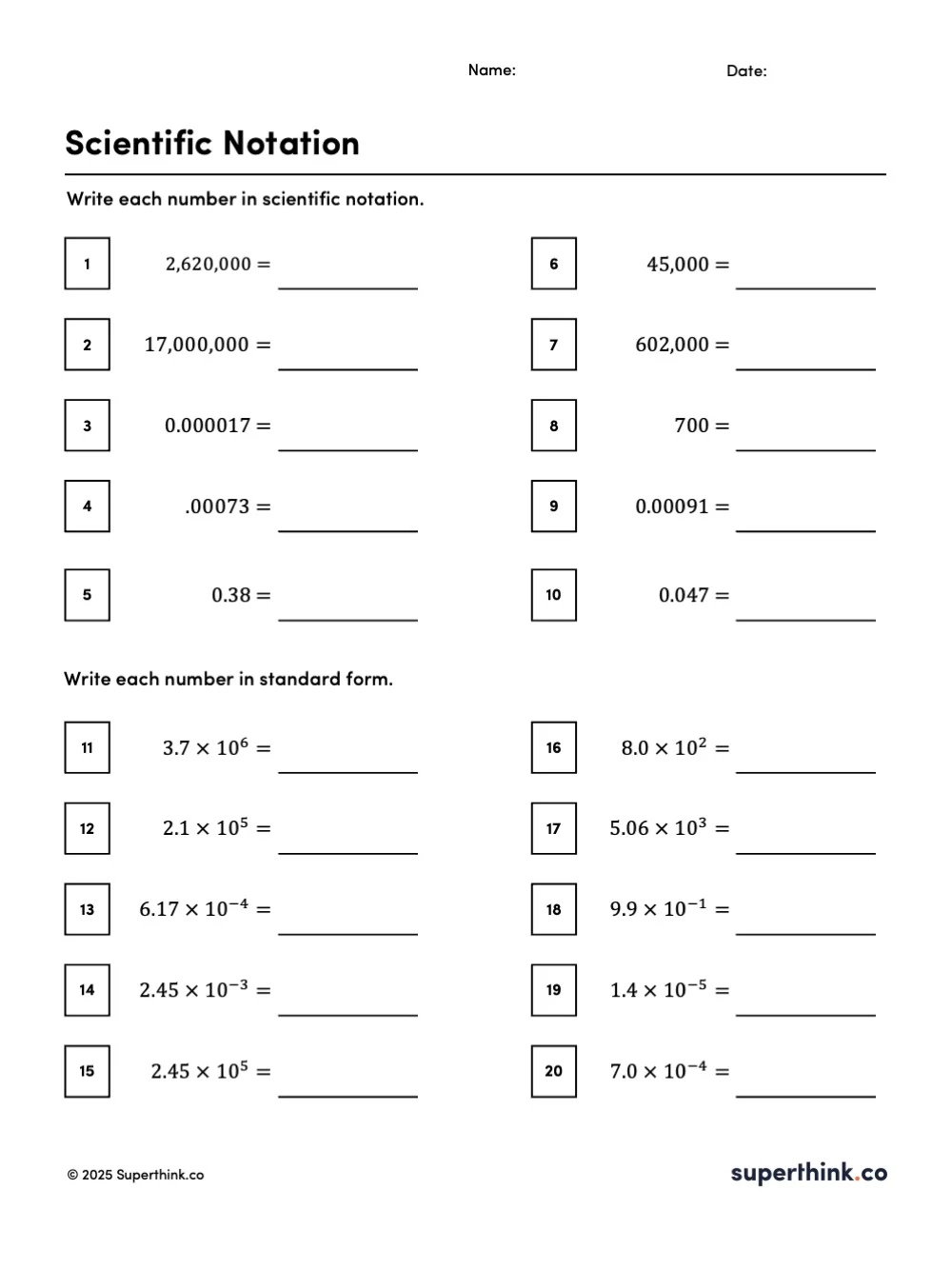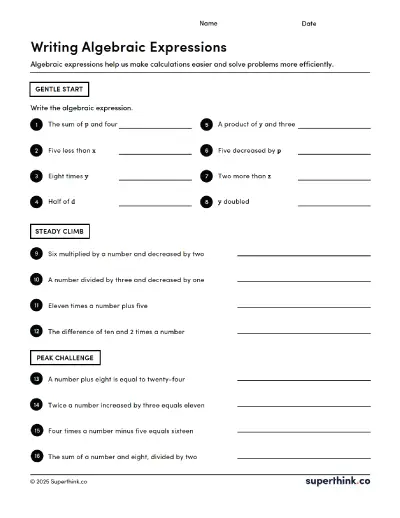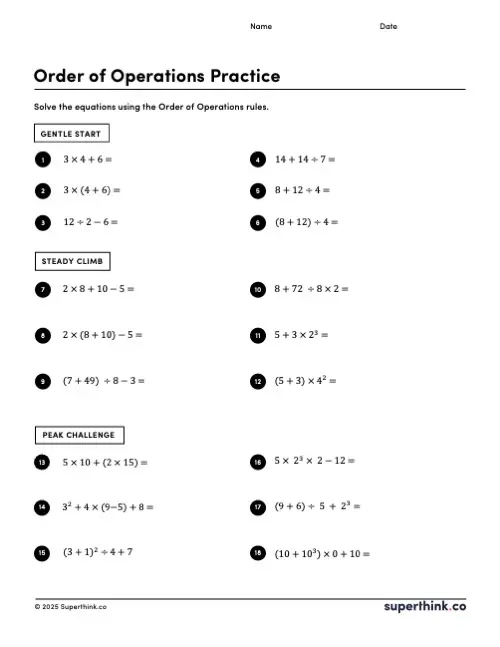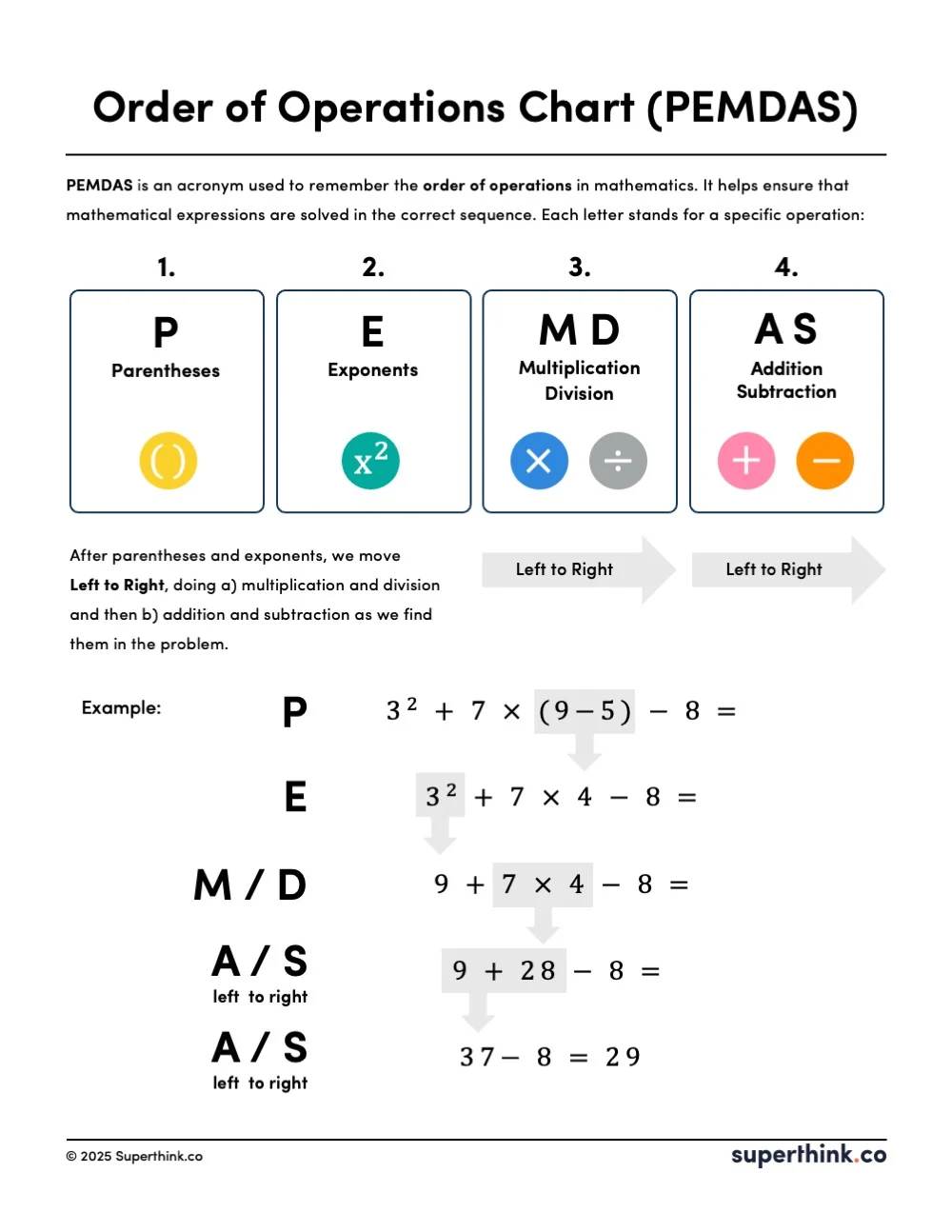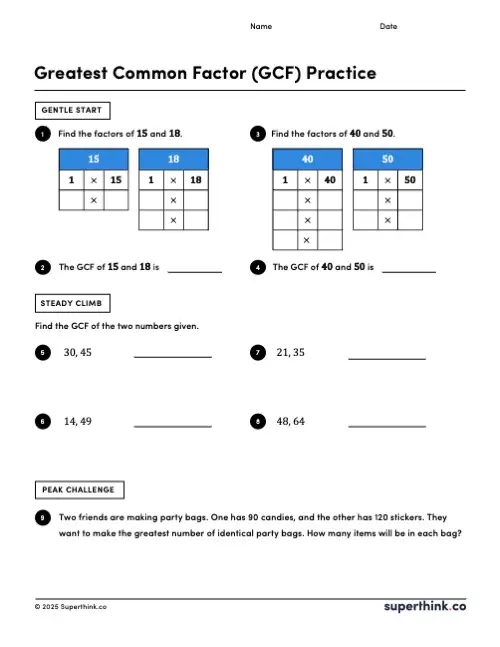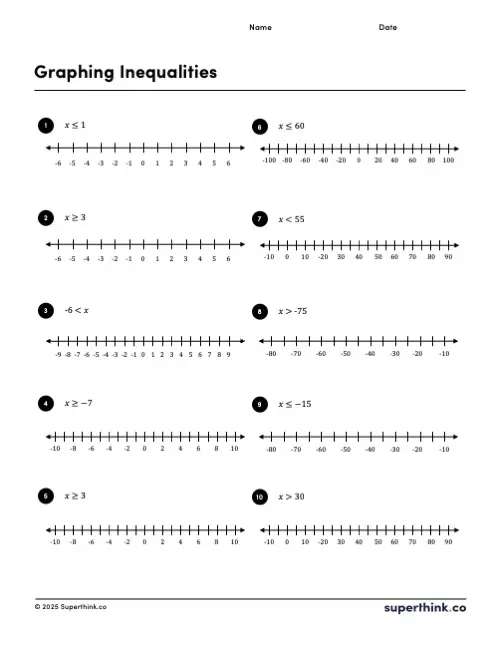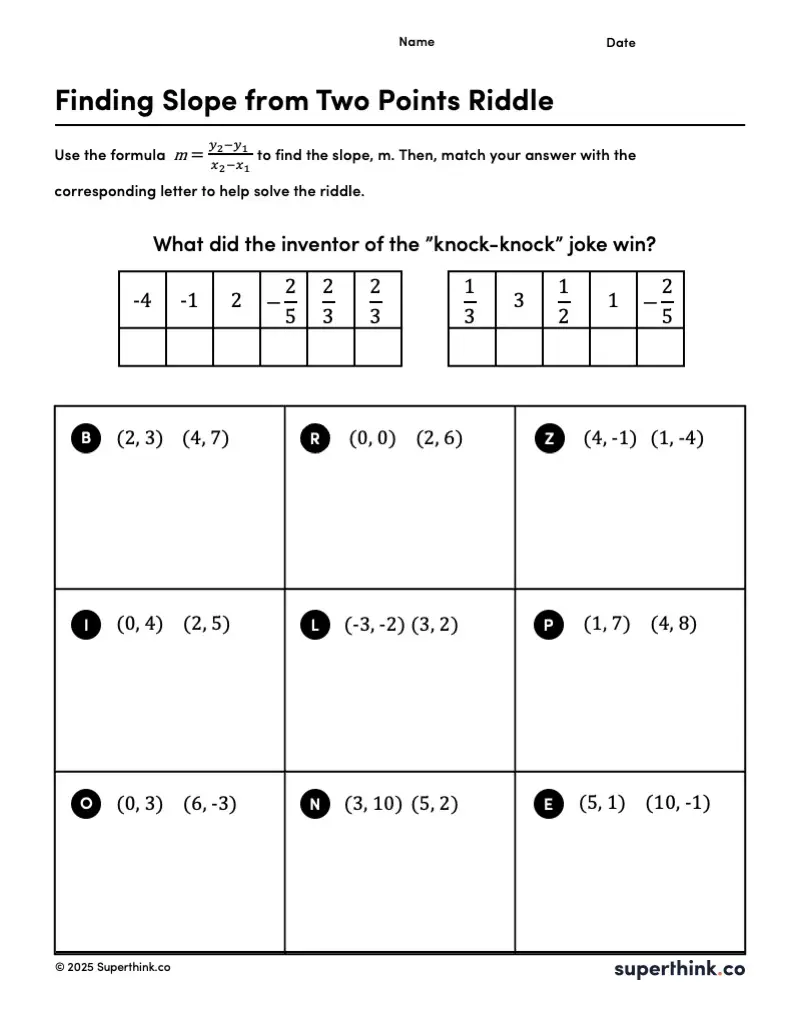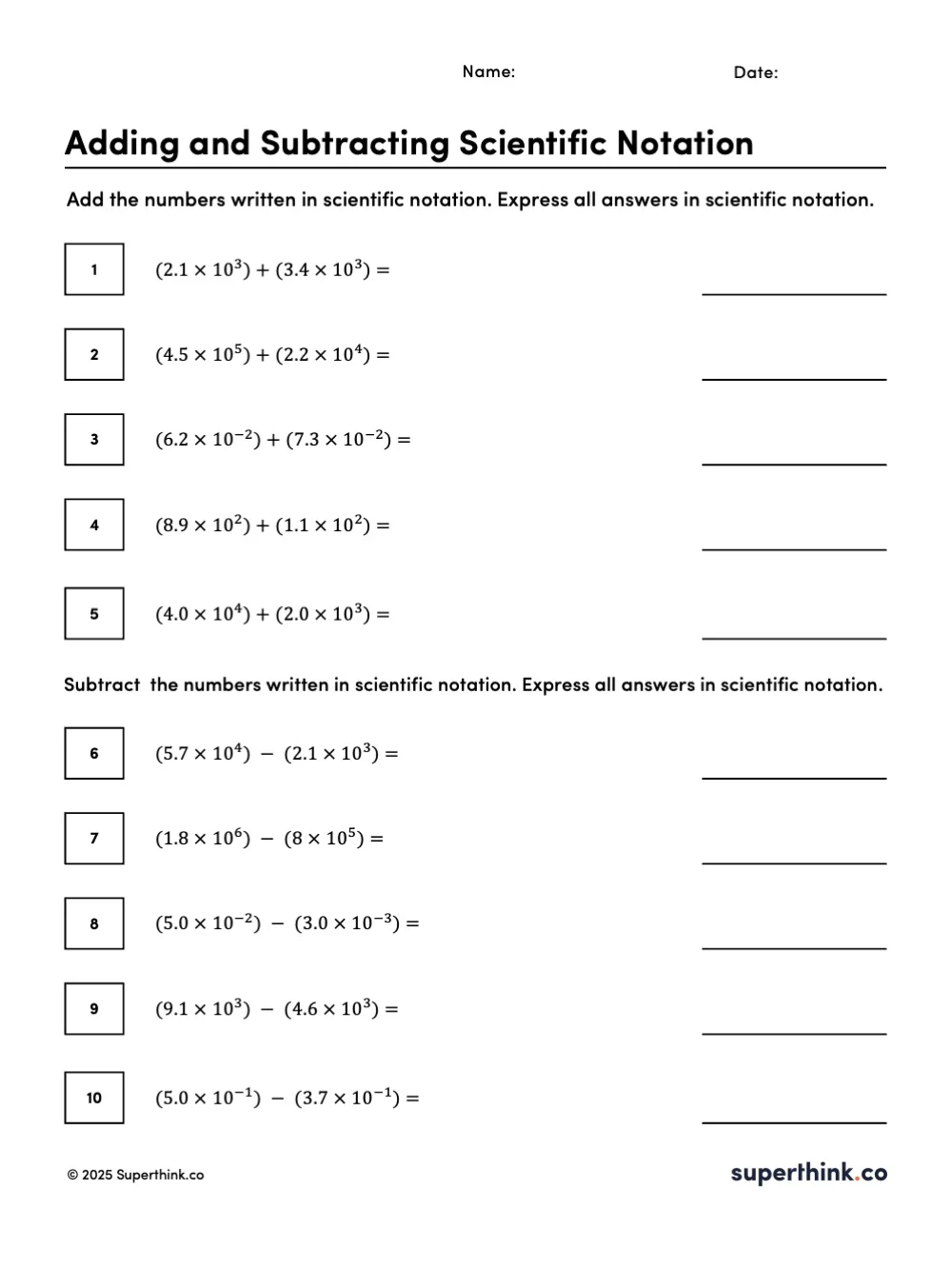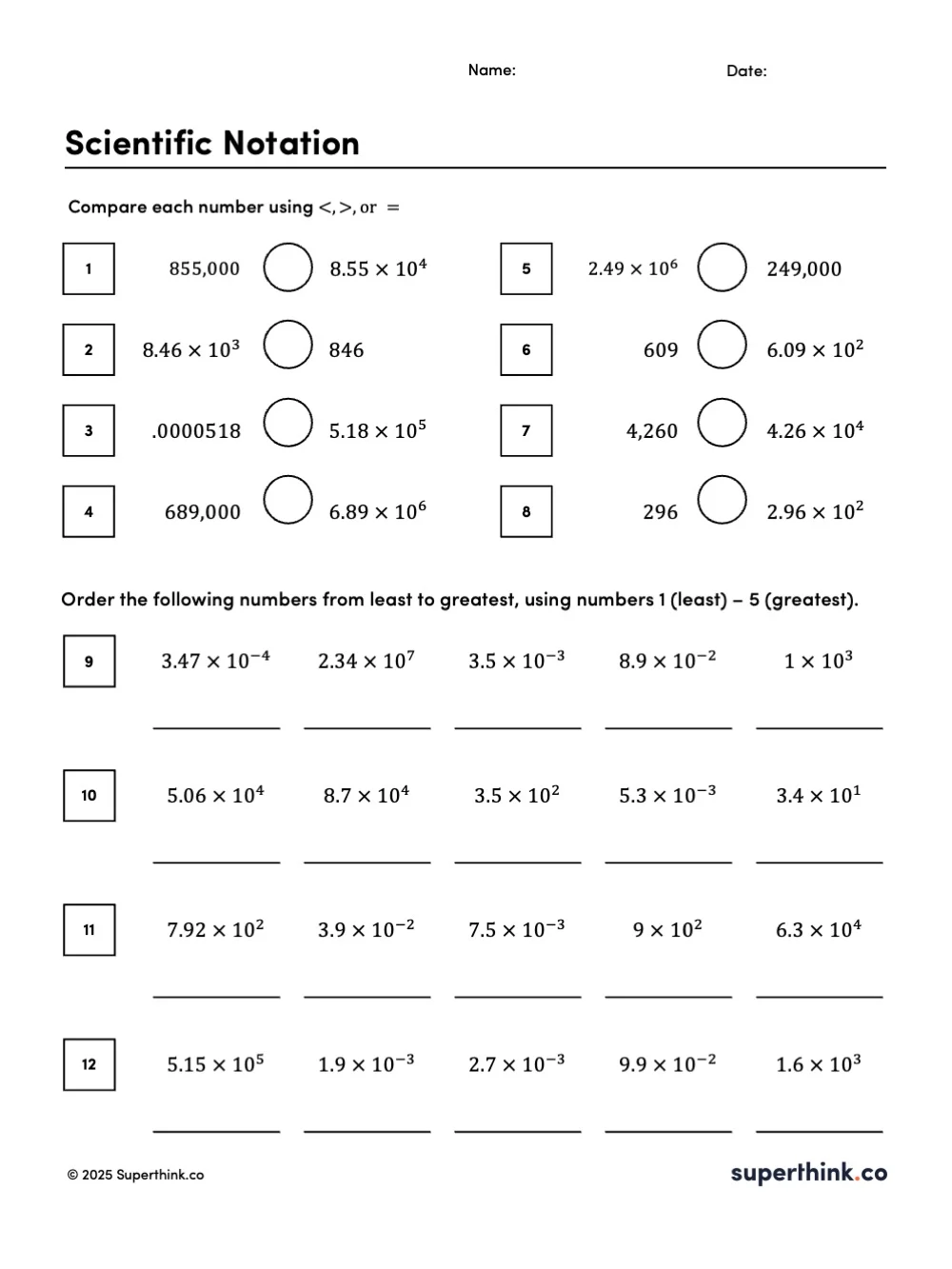What’s Included in this Scientific Notation Worksheet?
Our two-part scientific notation worksheet is designed to get students comfortable and confident through focused practice. It includes 10 problems where students convert standard numbers into scientific notation, followed by 10 problems that require converting from scientific notation to standard form.
This activity is perfect for 6th, 7th, or 8th grade math and can reinforce concepts during lessons, review sessions, or homework. It’s also ideal for test prep, as converting between forms is something you’ll see on standardized assessments. An answer key is included, making grading or self-checking a breeze.
Converting Between Standard and Scientific Notation: A Core Skill for Math and Science
Ever tried to write out 602,000,000,000,000,000,000,000 without making a mistake? Good luck with that!
In middle school, students start seeing math problems that involve huge numbers and tiny numbers—the kinds of values that appear often in scientific contexts. Writing out all those zeros every time can be slow and full of mistakes. That’s where scientific notation comes in. This compact format uses powers of 10 to express very large or very small quantities efficiently. Whether students are calculating the speed of light, measuring bacteria, or comparing data points in chemistry, scientific notation makes their lives easier. Understanding how to move between standard form and scientific notation is a core skill—and one that takes practice to master.
Why Teach Scientific Notation Conversion?
Learning to convert between scientific and standard forms isn’t just a math requirement—it’s a way to see the real-world relevance of numbers. Students begin to see that the same number can be written in multiple ways depending on the context. This strengthens number sense and place value while introducing important skills like working with negative exponents and understanding how powers of 10 scale values.
In science, especially in fields like physics and chemistry, students study quantities like the size of a cell, the mass of an electron, or the distance between stars. These all require notation that goes beyond everyday counting, and scientific notation is the solution.
Tips for Teaching Scientific Notation Conversion
Here are a few key reminders students can use:
- For large numbers: Move the decimal left and use a positive exponent
- For small numbers: Move the decimal right and use a negative exponent
- Always rewrite in the form: a × 10^n, where 1 ≤ a < 10
Students often mix up when to use positive versus negative exponents—they’ll put a positive exponent on a tiny decimal or forget that moving the decimal point left means the exponent gets bigger. This worksheet gives them plenty of chances to practice both directions until it clicks.
Supporting Connections Between Subjects
Because scientific notation is widely used in science, this worksheet also supports learning in chemistry, physics, and earth science. Seeing real-world examples, like measuring populations, calculating distances, or interpreting data in scientific method worksheets, helps students see the “why” behind the math. This skill becomes essential in high school chemistry when calculating molecular weights or in physics when working with the speed of light.
Additional Resources
Downloaded this worksheet? Here are more scientific notation worksheets:

